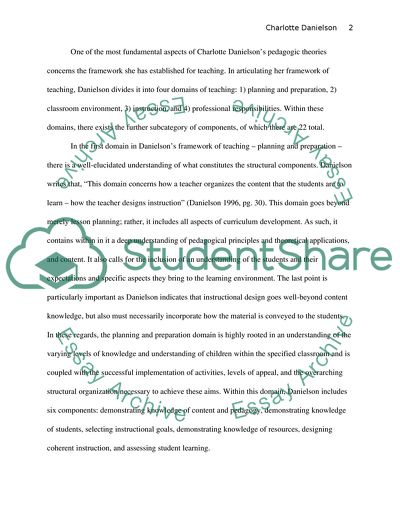Cite this document
(“Charlotte Danielson's Framework of Teaching Research Paper”, n.d.)
Charlotte Danielson's Framework of Teaching Research Paper. Retrieved from https://studentshare.org/education/1740022-charlotte-danielsons-framework-of-teaching
Charlotte Danielson's Framework of Teaching Research Paper. Retrieved from https://studentshare.org/education/1740022-charlotte-danielsons-framework-of-teaching
(Charlotte Danielson'S Framework of Teaching Research Paper)
Charlotte Danielson'S Framework of Teaching Research Paper. https://studentshare.org/education/1740022-charlotte-danielsons-framework-of-teaching.
Charlotte Danielson'S Framework of Teaching Research Paper. https://studentshare.org/education/1740022-charlotte-danielsons-framework-of-teaching.
“Charlotte Danielson'S Framework of Teaching Research Paper”, n.d. https://studentshare.org/education/1740022-charlotte-danielsons-framework-of-teaching.


